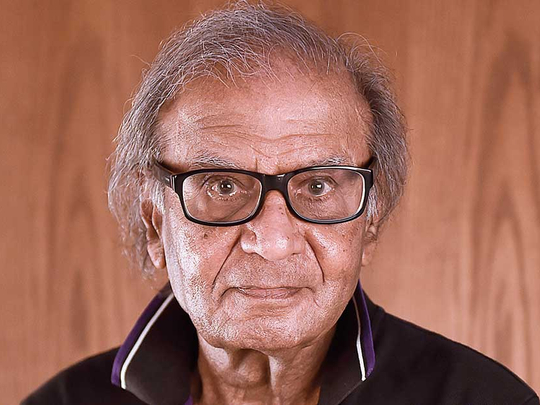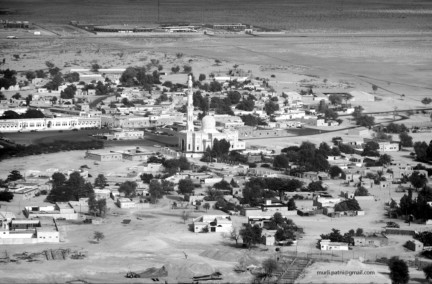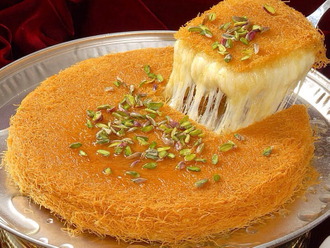
Dubai: As Gulf News celebrates 40 years on September 30, a long-time reader has stepped forward to share his four decades of stay in Dubai.
When Murli C. Patni first visited Dubai in 1978, he had planned to only stay a few days here with his cousin. The Indian expat has ended up spending a lifetime here.
Patni, a retired art director who is from India’s Gujrat state, recently read in Gulf News about the newspaper’s 40th anniversary. Patni, who has been reading Gulf News for “a very long time”, felt moved to share his story at the special occasion because of his attachment to the paper.
Patni had no plan to move to Dubai. He had just resigned from his art director job in Bahrain for a better deal in Kuwait. But when no one received him at the airport in Kuwait, he decided to return to India.
“I called my cousin in Dubai from Kuwait. He said ‘why don’t you come visit me for a few days’. I said OK – that decision changed my life,” said Patni, who is now “83 or 84” (in his words).
Patni is retired now; his two sons and daughter run a photography studio in Dubai, where he still practices his passion for photography.
During his visit to Dubai, he decided to see what kind of job openings were there. An advertising agency in Deira hired him and Patni never looked back.
“I liked Dubai, but it was a very different place back then. Everyone lived in Deira – Bur Dubai only had some workshops and scrapyards, who were eventually told to move out to another area. There was this one tall building in Bur Dubai – the World Trade Centre – surrounded by desert,” he said.
There were frustrations too.
“I remember you had to wait three years for your turn to take driving classes after registering in the system. I failed a couple of times and gave up. I still don’t have a driving licence.”
Patni used to spend his evenings and weekends taking film photographs around Dubai. He had to send transparencies, also called slides, to Germany for processing as no one developed them in Dubai.
“There wasn’t much else to do back then. I would go to camel and horse races and once did a photo shoot for a camel, commissioned by [His Highness] Shaikh Mohammad [Bin Rashid Al Maktoum, Vice President and Prime Minister of the UAE and Ruler of Dubai], who was a prince then. I have taken pictures of him too. I’ve met him and he was very kind to me,” said Patni.
There was no proper road going to Abu Dhabi and the road to Sharjah was patchy too.
Getting stuck in the sand
Getting stuck in the sand or hitting a crossing camel or donkey was not rare. Traffic was a breeze and there were very few street lights or traffic signals.
“The bus service was not so good and you had to haggle over the fare with taxi drivers. I think it was about Dh10 to go from Deira to Bur Dubai, which was considered expensive. Food was cheap though – you could get a decent lunch for Dh6 or Dh7.”
Patni has worked as an art director and photographer and even did some freelance work for Gulf News in the early 1980s.
“I’m retired now, I can do whatever I like.”








